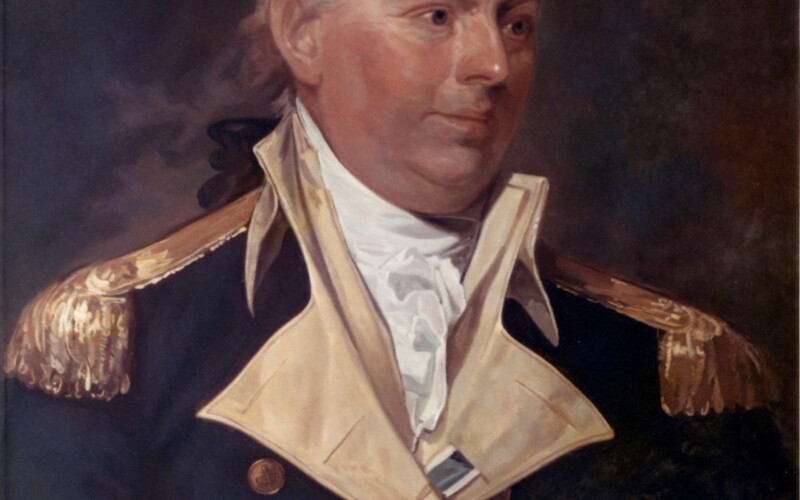We have experience hosting a range of audiences, from college classes to birthday parties to company outings, and we customize our tours to meet your group’s interests and needs.
Book a private tour today
Hit the slopes with us as we explore the history of downhill skiing in the United States. We will look at the introduction of modern skiing by Norwegian immigrants, the …
Read more
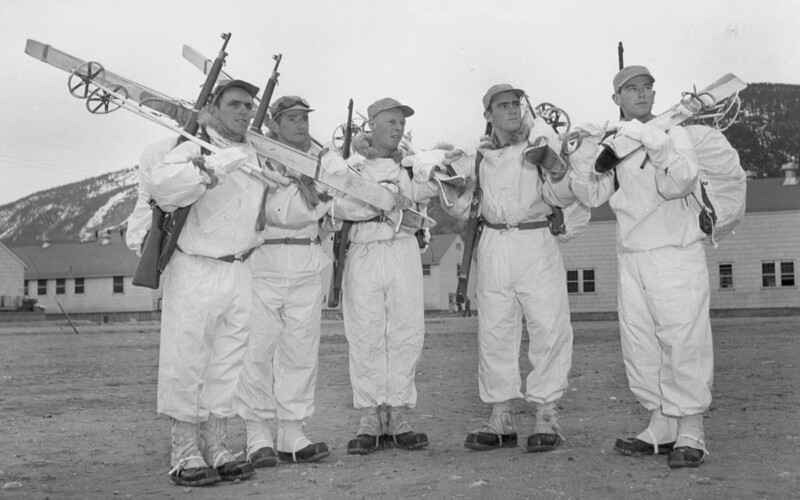
Many fairs, festivals, and food bazaars, rooted in culinary traditions from all over the world, have been postponed or cancelled this spring. New York-based photojournalist Dave Cook will lead a virtual tour …
Read more
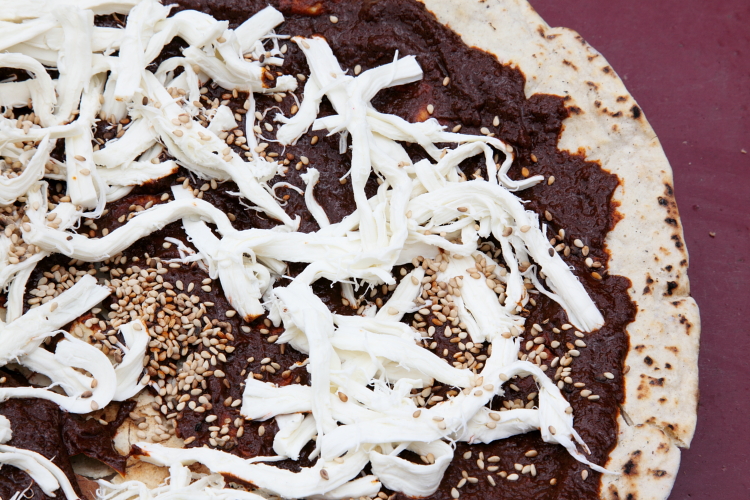
Join Sarah Litvin, former Turnstile guide and current director of the Reher Center for Immigrant Culture and History in Kingston, New York, to learn how immigration, community, work, and bread …
Read more
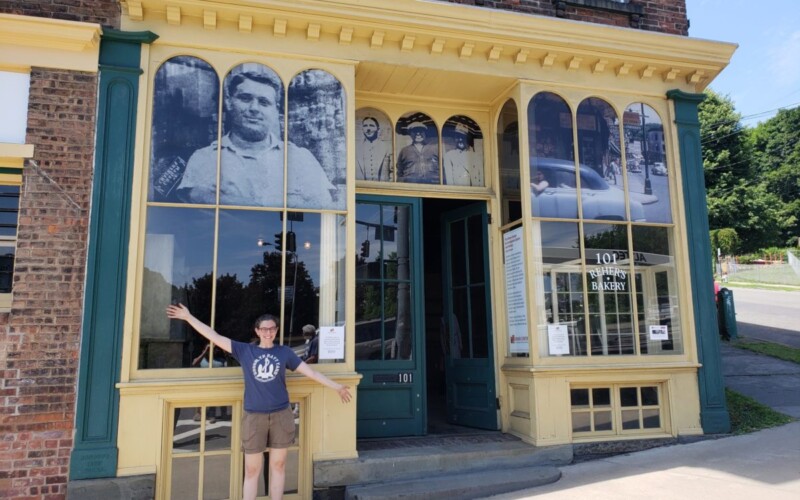
We couldn’t let Leif Erikson Day pass without boasting that we stood in his bedroom. And not in Norway or Iceland or Greenland, but right here in North America, at …
Read more

Today marks the 57th anniversary of perhaps the darkest day in the history of the Brooklyn Navy Yard. To commemorate the fire on board the USS Constellation, we are going …
Read more
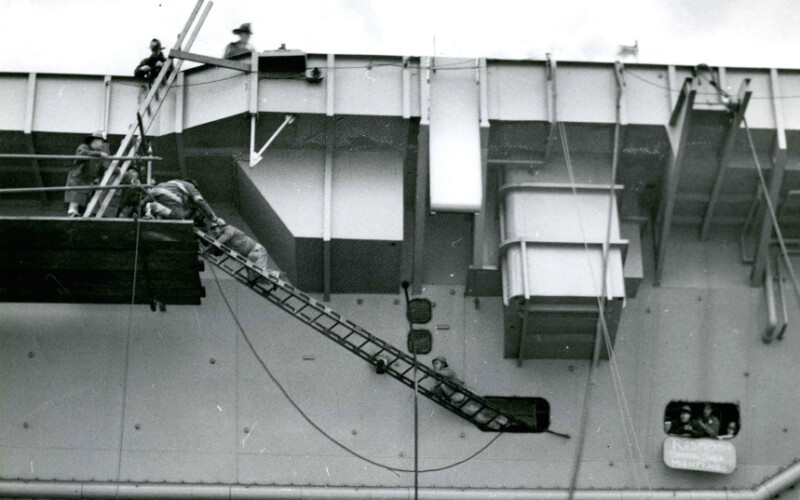
Baldev Duggal (1937–2016) So far in this series, all of the individuals we have profiled worked at the Brooklyn Navy Yard when it was still a naval shipyard. But Baldev Duggal …
Read more
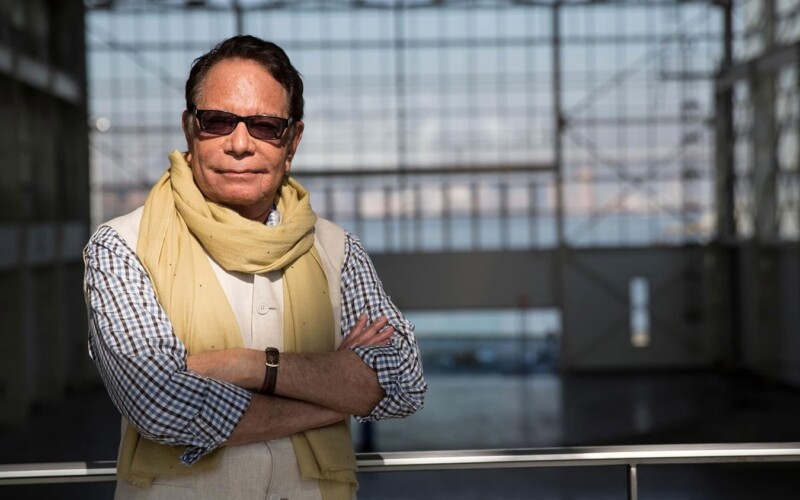
Stanislaw Kozikowski (1895–1967) Stan Kozikowski came to fame as a young man in the First World War, but spent much of his life as an unheralded machinist in the Brooklyn Navy …
Read more
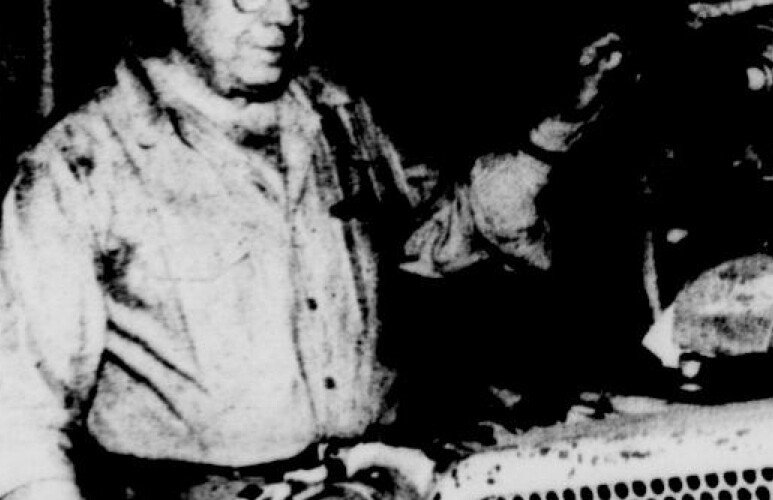
James Diani (c.1833–1908) So far in this series, we have profiled commodores, admirals, and captains of industry. But the real history of the Brooklyn Navy Yard is the massive collective labor …
Read more
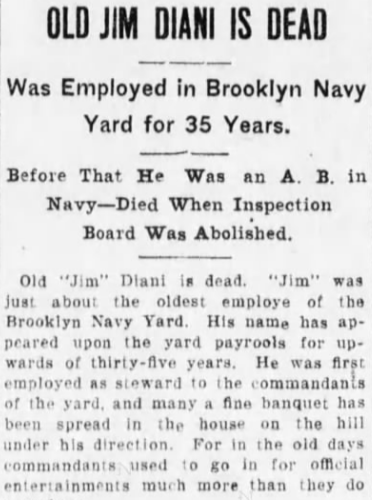
John Ericsson (1803–1889) John Ericsson was perhaps more of an engineer than any man who ever lived. Of his 85 years on this earth, 75 of them were spent as …
Read more
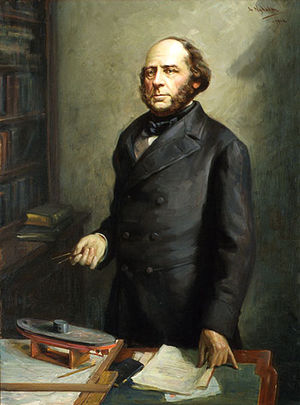
Henry Eckford (1775-1832) The long, arduous, and risky journey to America has a way of bringing to our shores the most ambitious, talented, and daring people; Henry Eckford was certainly …
Read more
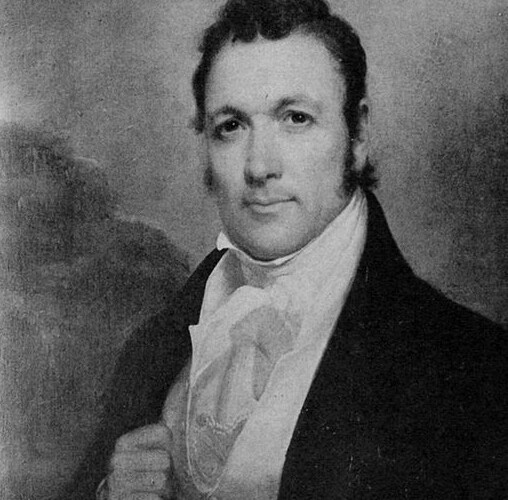
John Barry (1745–1803) Born in Ireland’s southeast County Wexford, John Barry grew up with an abiding hatred for the English. When he was 12, his Catholic family was dispossessed of their …
Read more
